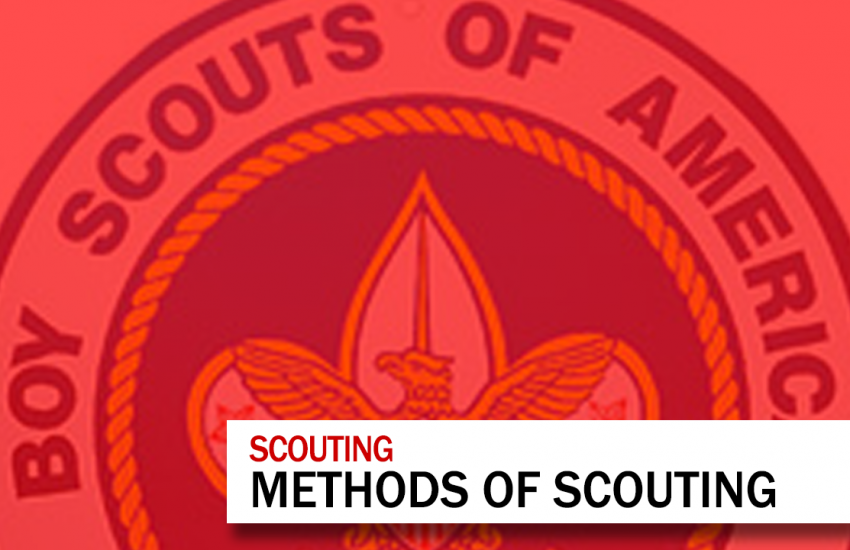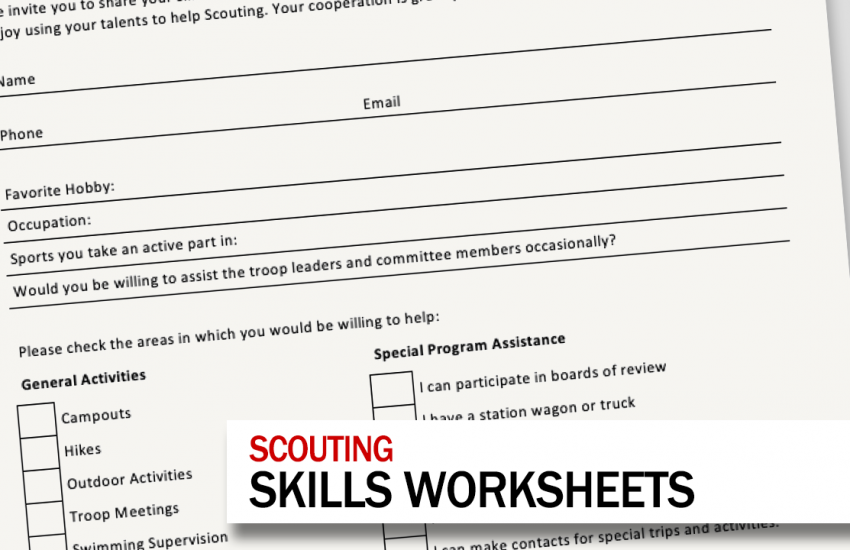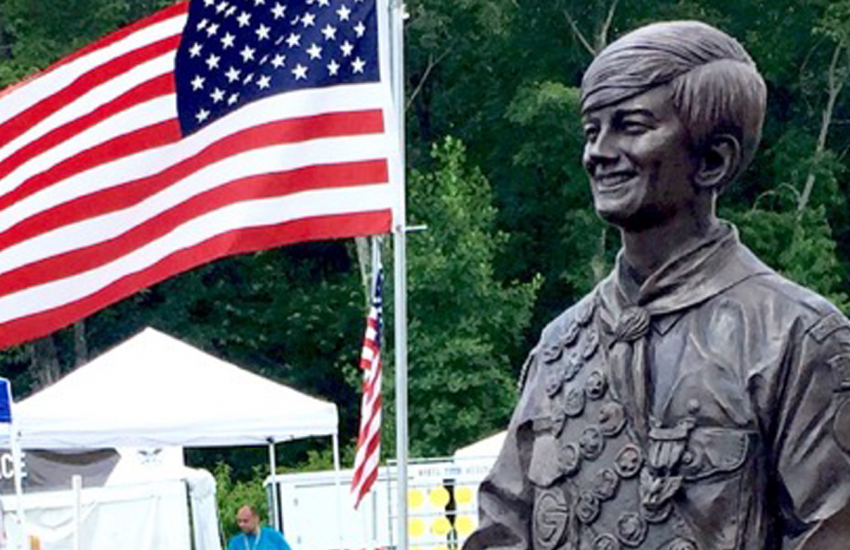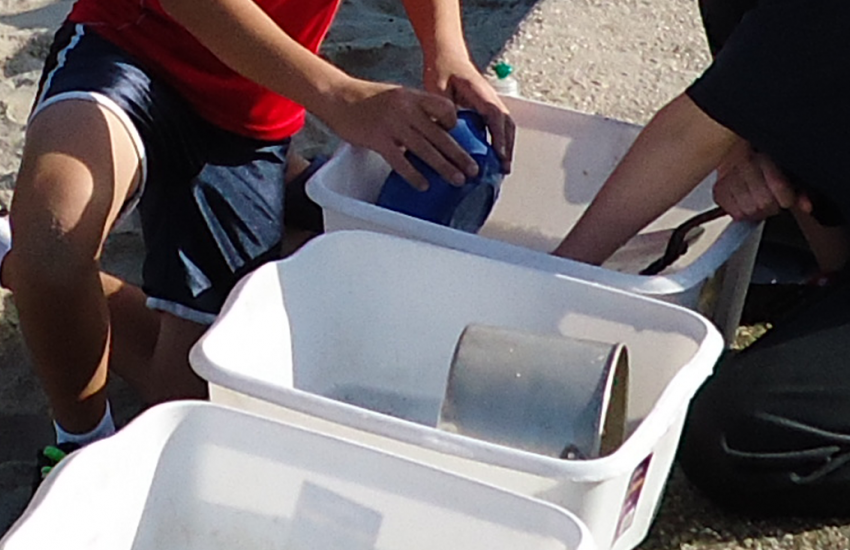This week’s scoutmaster dave is an exploration of the different methods of scouting, including Ideals, Patrols, Outdoor Programs, Advancement, Association with Adults, Personal Growth, Leadership Development, and Uniforming within the Boy Scouts of America program.
Show Notes:
- The Aims and Methods of Scouting (Article)
Transcript:
If you have participated within the scouts BSA program for any length of time you have probably come across referrals to the aims and methods of scouting.
Scouting has certain objectives, or aims. They are character development, leadership development, citizenship training, and personal fitness.
The methods are the way these are achieved, and they are all equally important, but depending on your unit may have more or less of a focus.
The first is the Ideals, as illustrated by the scout oath and scout law. You may have heard the common scouting phrase, let the scout oath and law be your guide. This is what they are referring to.
Ideals are one of the most prevalent within the scouting program, but usually not categorized as a scouting method, but looked upon as it’s own thing.
The patrol method is our second method of scouting. The patrol method done correctly gives scouts the opportunity to lead, and to follow. It teaches scouts responsibility and how to interact in small groups to achieve goals.
Our third method is the Outdoor Program. While old timers may feel that the program has gotten away from its outdoor roots, problem solving in the outdoors remains one of the key methods of scouting. You may have heard the phrase “Outing is 75% of scouting”. This is where this comes from.
In fact many of the key tasks such as cooking, starting a fire, and hiking need to be done in the outdoors. And with all the reliance on technology, it’s a great opportunity to disconnect for a while and do something physical in the outdoors.
The fourth method of scouting is Advancement. Key to this one is that the scouts should be responsible for their own progress. It’s also one of the hardest ones for parents, as sometimes well meaning adults will step in and push scouts forward.
You will also see this in some troops where they grease the wheels to such an extent that as long as the scout shows up and is breathing then they will move forward in the advancement process.
This does the scout a disservice, because you take away the scout’s opportunity to be engaged and own their own decisions and advancement.
This is not to say that as a leader if you see little Timmy not advancing that you can help facilitate, but this should be the exception, not the rule. Let them do it, they might surprise you.
The association with Adults is our next method of scouting. Children learn by watching, and scout leaders can be positive role models. The program is designed for leaders to interact with scouts, to listen to them, to help them make decisions.
This one can be hard, especially for scouting leaders coming out of the cub program, where more often than not you are crafting activities and can experience a bit of a babysitting mode. As scouts in the cub as well as the ScoutsBSA program mature, leaders should be maturing from babysitting mode to mentor mode.
The sixth method of scouting is personal growth. oung people grow as they participate in community service projects and do Good Turns for others. Probably no device is so successful in developing a basis for personal growth as the daily Good Turn.
Number seven is Leadership Development, where very Scout has the opportunity to participate in both shared and total leadership situations.
While not every scout will experience being the senior scout, or senior patrol leader, along the way there is ample opportunity to lead his or her patrol, and to be responsible for an aspect of the troop. Tasks like scribe, quartermaster and chaplain’s aid are all very different ways a scout can participate and to help the troop move forward.
Out last item is the one most often raised when speaking about the methods of scouting, as troops run the gambit from full uniform with weekly inspections to troops that have little uniforming. The quote most often associated with uniforming is that “Uniform is an important method of scouting, but it is not the only method”.
What uniforming is trying to achive is that there is a visible presense, fellowship and community showing all you are part of a group, and specifically with scouting as a group that has a positive connotation in the community.
Uniforming also gives scouts and leaders the opportunity to visibly show what has been accomplished through the display of specific patches.
Take what you like and leave the rest, and as we say in Woodbadge, feedback is a gift, leave yours below in the comments, with the hope we can all learn together.
I’m Scoutmaster Dave, and this was a little on the methods of scouting.




